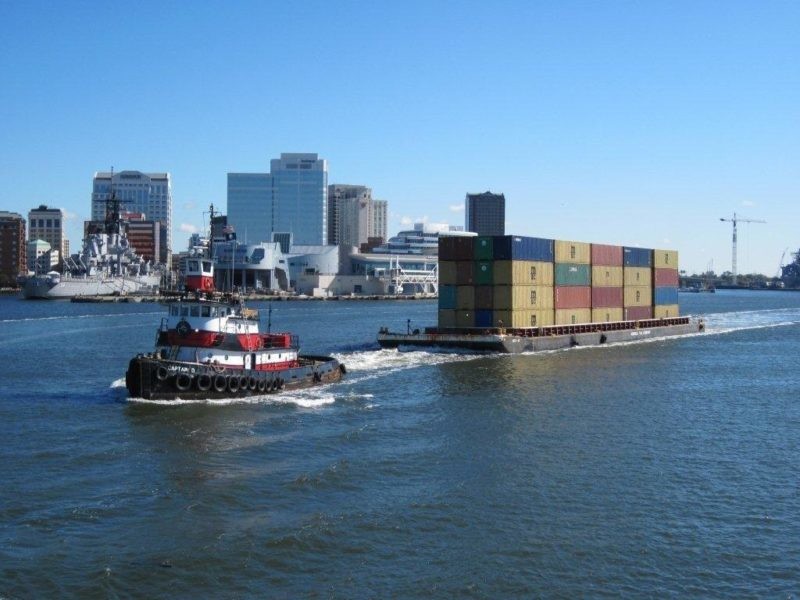Besides the importance of the details of line selection and rigging for towing alongside that I mentioned in the previous two columns, there are many pitfalls small and large to pay attention to.
The lines used for towing alongside will, like everything else, degrade over time and with increased usage. Besides rinsing the salt out of them occasionally there is no real maintenance for lines, and you cannot fix any of the damage. All you can do is try to slow down the rate of degradation as much as possible. It’s all about protecting tow lines while they are in use, but also about how they’re stored when not in use.
Abrasion is always among the worst enemies of lines. Smooth surfaces to bear upon and run across is vital to maximizing the working life of lines. Tracing the exact paths of the lines on all bitts, cleats, bullnoses, chocks and any other fittings used (on both the tug and the barge) and keeping them as smooth as possible is key. Rough, pitted steel will act like a cheese grater, and will slowly (or not so slowly) shred your lines. Non-skid decks act like coarse sandpaper on deck lines when they are dragged across it.
Chafing gear is often very beneficial, even over smooth surfaces, as friction causes damage too. Tank barges must have an emergency towing assembly rigged outboard on one side, and that should have sufficient chafing gear on it in proximity to the deck fittings where your lines cross over it. This is less than ideal but far better than nothing.
Where and how lines are stored directly affects their usability and lifespan. In particular, prolonged direct exposure to the sun will shorten a line’s lifespan, often dramatically. Stowing everything below decks is impractical most of the time.
Something I don’t see often on tug decks anymore are strategically placed line boxes. Being able to stow lines close by but out of the elements and spray can make them last considerably longer. In winter the boxes can keep lines dry and unfrozen. It would be nice to see them make a comeback.




